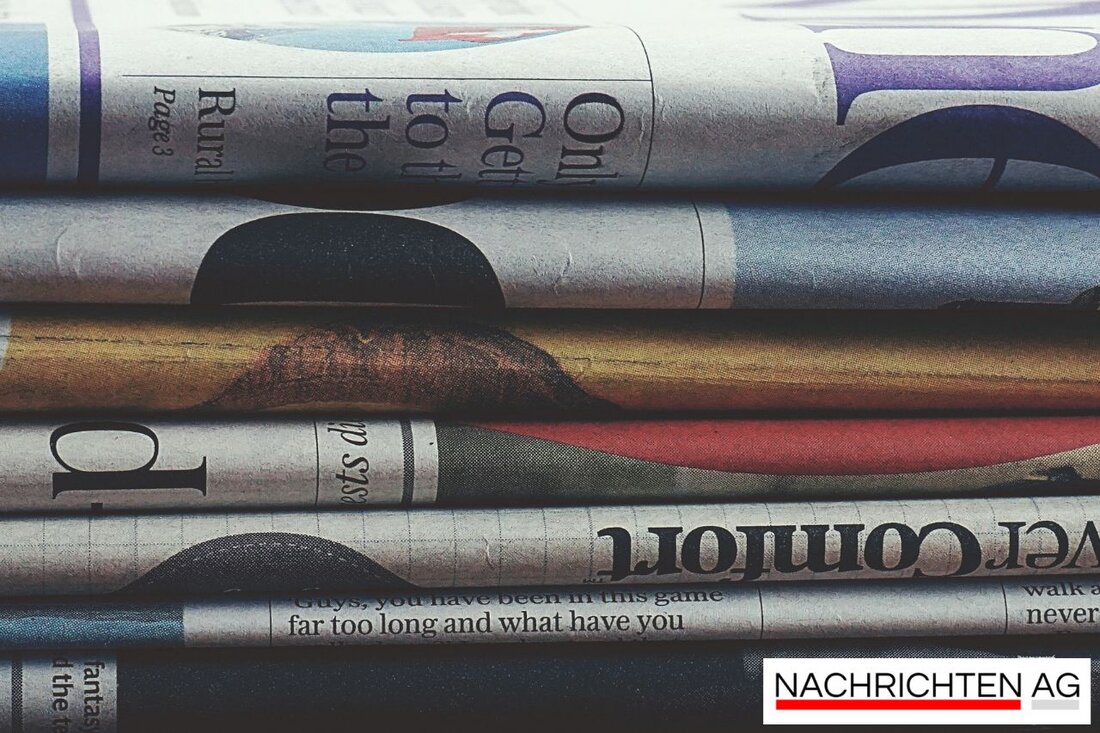Alarming air quality in Brandenburg: fine dust levels dangerously high!
Brandenburg an der Havel: Current air quality on October 9th, 2025, fine dust measurements and health effects in focus.

Alarming air quality in Brandenburg: fine dust levels dangerously high!
Air quality in Germany, and especially in urban areas, is currently a hotly debated topic. In Brandenburg an der Havel, air quality measurements at the Werner-Seelenbinder sports field on October 8, 2025 showed a worrying situation with regard to fine dust particles. In particular, the PM10 concentration exceeded the limit values that have existed for many years at many measuring points. According to the data collected and the report by maz-online.de Fine dust in the air can pose significant health risks.
In Germany, the limit value for PM10 is 50 micrograms per cubic meter of air, which can be exceeded on 35 days a year. But health organizations are sounding the alarm: A new survey reveals that 99 percent of measuring stations nationwide exceed the WHO recommendation of 5 µg/m³ for fine dust. Cities such as Munich and Essen, which record high levels of exceedance of the limit value, are particularly affected. The past year has brought no change to this, as Deutsche Umwelthilfe points out in its current report duh.de determines.
The health risks
According to the, fine dust can Federal Environment Agency have significant health effects. People with previous illnesses, children and older people are particularly at risk. A high concentration of particles can promote respiratory diseases and cardiovascular diseases. On days when air quality is rated as “very poor,” sensitive people should avoid any physical exertion outdoors.
Statistics show that although particulate matter pollution has been reduced in recent decades - especially from 50 µg/m³ in the 1990s to current levels between 10 and 20 µg/m³ - there are still large differences between urban and rural areas. Climatic conditions, such as dry winters and hot summers, can cause fine dust levels to rise extremely.
Blame for air pollution?
On New Year's Eve, traditionally known for fireworks, there is often a short-term but massive exposure to particulate matter. Every year around 2,050 tons of fine dust are released during fireworks displays, with the largest amount of around 1,500 tons being produced on New Year's Eve. The Federal Environment Agency found that fine dust concentrations above normal levels can be recorded during the holidays due to weather conditions.
The discussion about compliance with air quality standards is becoming increasingly louder as the EU directives aim for significantly lower limit values. According to German Environmental Aid, the implementation of these recommendations in Germany could, as demands to the government suggest, prevent tens of thousands of premature deaths every year as a result of particulate matter and nitrogen dioxide.
Given the increasing challenges posed by air pollution, it is clear that it is not just a one-off measure, but sustainable policies are needed to improve the quality of life in cities and communities. But the path there is significantly influenced by economic interests and the formation of political will.

 Suche
Suche
 Mein Konto
Mein Konto